본문
1996 - 2006, Ten Years
People's War in Nepal
And Decades of People's Struggle for
Democracy, Political Progress...
Following documentary was posted a short time ago by comrades of mine (Mahbub and Raju). So I also will post it here, but including some background informations and (perhaps) useful links.
Power To The People
Produced by GEFONT
(General Federation of Nepalese Trade Unions)
http://www.gefont.org
According to the Communist Party of Nepal(Unified Marxists/Leninists, UML) the struggle against the monarchy in Nepal started in the late 1940's of the last century.
Timeline: Nepal's turbulent history:
1951 - End of King Rana rule. Sovereignty of crown restored and anti-Rana rebels in Nepalese Congress Party form government.
1955 - King Tribhuwan dies, King Mahendra ascends throne.
1959 - Multi-party constitution adopted.
1960 - King Mahendra seizes control and suspends parliament, constitution and party politics after Nepali Congress Party (NCP) wins elections with B. P. Koirala as premier.
1962 - New constitution provides for non-party system of councils known as "panchayat" under which king exercises sole power. First elections to Rastrya Panchayat held in 1963.
1972 - King Mahendra dies, succeeded by Birendra.
1980 - Constitutional referendum follows agitation for reform. Small majority favours keeping existing panchayat system. King agrees to allow direct elections to national assembly - but on a non-party basis.
1985 - Communists begin civil disobedience campaign for restoration of multi-party system.
1986 - New elections boycotted by communists.
1989 - Trade and transit dispute with India leads to border blockade by Delhi resulting in worsening economic situation.
1990 - Pro-democracy agitation co-ordinated by communist and leftist groups. Street protests suppressed by security forces resulting in deaths and mass arrests. King Birendra eventually bows to pressure and agrees to new democratic constitution.
1991 - Nepali Congress Party wins first democratic elections. Girija Prasad Koirala becomes prime minister.
1994 - Koirala's government defeated in no-confidence motion. New elections lead to formation of UML Communist government.
1995 - Communist government dissolved. Radical leftist group, the Nepal Communist Party (Maoist) begins insurrection in rural areas aimed at abolishing monarch and establishing people's republic.
1997 - Continuing political instability as Prime Minister Sher Bahadur Deuba is defeated and replaced by Lokendra Bahadur Chand. Chand is then forced to resign because of party splits and is replaced by Surya Bahadur Thapa.
1998 - Thapa stands down because of party splits. GP Koirala returns as prime minister heading a coalition government.
1999 - Fresh elections give majority to Nepali Congress Party. Krishna Prasad Bhattarai becomes prime minister.
2000 - Prime Minister Bhattarai steps down after revolt in Nepali Congress Party. GP Koirala returns as prime minister, heading the ninth government in 10 years.
2001 April - General strike called by Maoist rebels brings life in much of the country to a virtual standstill; police arrest anti-government demonstrators, including some opposition leaders, in Kathmandu.
2001 1 June - King Birendra, Queen Aishwarya and other close relatives killed in shooting spree allegedly by drunken Crown Prince Dipendra, who then shoots himself.
2001 4 June - Prince Gyanendra crowned King of Nepal after the late King Birendra's son, Dipendra - who had been declared king on 2 June - died of injuries sustained during the palace shooting.
2001 July - Maoist rebels step up campaign of violence. Sher Bahadur Deuba becomes prime minister, heading the 11th government in 11 years, after Girija Prasad Koirala quits over the violence.
2001 July - Deuba announces peace with rebels, truce begins.
2001 November - Maoists say peace talks have failed, truce is no longer justified. Launch coordinated attacks on army and police posts.
2001 November - State of emergency declared after more than 100 people are killed in four days of violence. King Gyanendra orders army to crush the Maoist rebels.
2002 April - Maoist rebels order five-day national strike, days after hundreds are killed in two of bloodiest attacks of six-year rebellion.
2002 May - Intense clashes between military and rebels in the west. Rebels declare one-month ceasefire, rejected by government.
Deuba visits Britain and other states, seeking help in the war against Maoist rebels. US President George W Bush pledges $20 million.
2002 May - Parliament dissolved, fresh elections called amid political confrontation over extending the state of emergency. Deuba expelled by his Nepali Congress party, heads interim government, renews emergency.
2002 October - Deuba asks king to put off elections by a year because of Maoist violence. King Gyanendra dismisses Deuba and indefinitely puts off elections set for November. Lokendra Bahadur Chand appointed to head government.
2003 January - Rebels, government declare ceasefire.
2003 May/June - Lokendra Bahadur Chand resigns as prime minister. King appoints his own nominee Surya Bahadur Thapa as new premier.
2003 August - Rebels pull out of peace talks with government and end seven-month truce. Rebels call three-day general strike in September.
late 2003 onwards - Political stalemate; clashes between students/activists and police; resurgence of violence.
2004 May - Royalist Prime Minister Surya Bahadur Thapa resigns following weeks of street protests by opposition groups.
2004 June - King Gyanendra reappoints Sher Bahadur Deuba as prime minister.
2004 August - Maoist rebels stage week-long blockade of Kathmandu, stopping supplies from reaching the city.
2004 December - Maoist rebels stage week-long blockade of capital.
2005 February - King Gyanendra dismisses Prime Minister Deuba and his government, assumes executive power, declares state of emergency.
Source: Communist Party of India(ML) http://www.cpiml.org
Read also this:
http://www.monthlyreview.org/0605singh.htm
Here you can learn about the opinions of the chairman of the CPN(M) about the people's war:
http://www.insof.org/news/180405_interv-parchanda.htm
CPN(M):
http://www.cpnm.org
CPN(UML)
http://www.cpnuml.org
INSIDE NEPAL'S REVOLUTION (National Geographic, Nov. '05)
A interesting, commented photo story(slide show) - but more from the western (or should I say bourgeois..? actually not really..) perspective - you can watch here (you must click on the hammer and sickle^^):
http://www7.nationalgeographic.com/ngm/0511/feature3/multimedia.html
Latest articles:

Rebels refuse to extend Nepal truce |
The Associated Press, Reuters, Agence France-Presse
MONDAY, JANUARY 2, 2006
|
KATMANDU, Nepal Nepal's Maoist rebels said Monday that they would not extend their four-month unilateral cease-fire that was to end at midnight.
The rebels' truce started Sept. 3 and was later extended by a month in response to public pressure. The announcement on Monday came after rights groups and political parties here had asked the insurgents to extend the cease-fire.
"We have found out that the rebel leaders are holding consultations whether to further extend the cease-fire," Jhanath Khanal, a leader of the Nepal Communist Party-United Marxist Leninist, said early Monday. "We have asked them to prolong the truce by at least another 15 days and give the government another chance."
The Royal Nepalese Army had not matched the cease-fire and called it a ploy by the militants to buy time to reorganize.
On Monday afternoon, the Maoists said they would not extend the truce because the military continued to press its campaign against them.
"The royal army is surrounding our people's liberation army, which is in defensive positions, to carry out ground as well as air attacks on us," the rebels said in a statement. "Therefore, we are compelled to go on the offensive not only for the sake of peace and democracy but for the sake of self-defense."
Political groups in the capital had awaited the rebels' decision with some hope of success.
The European Union and the United Nations secretary general, Kofi Annan, had issued statements urging the Maoists to extend the cease-fire in their "people's war."
In November a group of seven opposition parties, four of which were removed from power by King Gyanendra in February, reached a 12-point agreement with the Maoists. The agreement was intended to get Gyanendra to step aside and restore multiparty democracy in this impoverished Himalayan country.
Under the cease-fire, the rebels pledged not to attack military or civilian targets in hopes of reviving peace talks but said they would continue to defend their positions.
They have, however, continued to block highways, extort money and kidnap villagers for indoctrination sessions.
Political parties said that the rebels were being provoked by the government's refusal to join the cease-fire and its description of the militants as terrorists. "The government statements and attitude is angering them," said Pradeep Nepal of the Communist Party of Nepal.
The rebels have agreed with the country's seven main political parties to step up their opposition to the administration of the king, who dismissed a provisional government and seized absolute power early last year.
The rebels, who claim to be inspired by Mao Zedong, have been fighting to topple Nepal's monarchy and establish a communist state. More than 12,000 people have died in the decade-long insurgency.
Trade Unions urge re-continue of cease-fire
to the rebel and ask the regime to reciprocate
January 1, 2006.
Three recognised trade union Confederation GEFONT, NTUC, DECONT and the Teachers' Union of Nepal (TUN) have issued a Joint Press Communiqué on the occasion of New Year 2006. Signed by GEFONT Secretary General Binod Shrestha, NTUC Treasurer Ganesh Niraula, DECONT Women Vice-president Rama Paudel and TUN President Keshav P Bhattarai following is the full text:
Nation is under a painful transition from violent conflict to peace and from autocracy to democracy. Entire people including political parties, professional and trade unions, civil society, youth & students are in street struggle. We extend our support and solidarity to the efforts of political parties for Peace and Full-fledged Democracy on behalf of democratic forces in Nepal.
Today is the First Day of New Year 2006 and also the last day of cease-fire declared by CPN (Maoist) for 3 months in the beginning and additional one month as the significant outcome of continued efforts of main-stream political parties.
During the period, a historical 12-point Understanding for peace and restructuring of Nepali society & governance has been reached between 7- agitating political parties and CPN (Maoist). However, the present autocratic regime has taken it negatively and created obstacle in the peace process. The frequent appeals of international community to abandon the hue and cry of election drama and to take initiative for peace have been ignored by the Royal Regime.
On the Eve of New Year 2006, UN Secretary General Kofi Annan and European Union have called-on again to continue cease-fire to the Maoist and reciprocate it to the regime. We welcome this call in favour of entire Nepali working people and extend heartfelt thanks to UN and the EU. On this occasion, we would like to take an opportunity to extend the best wishes of the New Year to Nepali people, working mass and the whole globe.
People are worried in the fear of the end of relief prevalent during the past four months. At the moment, we demand with both the regime and Maoist not to push the nation and people towards blood-shed and game of death again.
Thus, we sincerely appeal the CPN (Maoist) to re-continue the cease-fire and ask the regime to reciprocate cease-fire and initiate for peace by giving-up rhetoric of "election
 May 18- General Federation of Nepalese Trade Unions (GEFONT) National Council meeting concluded today adopting various resolutions. The Council reviewed the past political and organisational activities and endorse the annual programme tabled by GEFONT Secretariat. CPN (UML) General Secretary addressed the Council as the principle speaker.
May 18- General Federation of Nepalese Trade Unions (GEFONT) National Council meeting concluded today adopting various resolutions. The Council reviewed the past political and organisational activities and endorse the annual programme tabled by GEFONT Secretariat. CPN (UML) General Secretary addressed the Council as the principle speaker. 










 March 4- In the cordial support of Korean colleagues related to Migrant Solidarity Centre, GEFONT organise a Child Support programme II in Mahadev Besi, Dhading some 40 KM west from Capital City. A group of 16 Korean colleagues visited there, they donated sum of USD 5,100 to construct community school building where the kids of labourers are studying and offered stationary materials for the school kids as well. They further performed Korean cultural programme on the occasion.
March 4- In the cordial support of Korean colleagues related to Migrant Solidarity Centre, GEFONT organise a Child Support programme II in Mahadev Besi, Dhading some 40 KM west from Capital City. A group of 16 Korean colleagues visited there, they donated sum of USD 5,100 to construct community school building where the kids of labourers are studying and offered stationary materials for the school kids as well. They further performed Korean cultural programme on the occasion. been arrested for 90 days. In the letter, Nepal has been accused of “gathering people from a public place and spreading rumours about the government.”
been arrested for 90 days. In the letter, Nepal has been accused of “gathering people from a public place and spreading rumours about the government.”
 height of lawlessness."
height of lawlessness."






 GEFONT observed December 18- the International Migrants' Rights Day staging a workers rally with a participation in Pokhara. Demanding democracy and peace the marchers rallied different parts of the city and finally converged into mass meeting in local Exhibition ground.
GEFONT observed December 18- the International Migrants' Rights Day staging a workers rally with a participation in Pokhara. Demanding democracy and peace the marchers rallied different parts of the city and finally converged into mass meeting in local Exhibition ground. 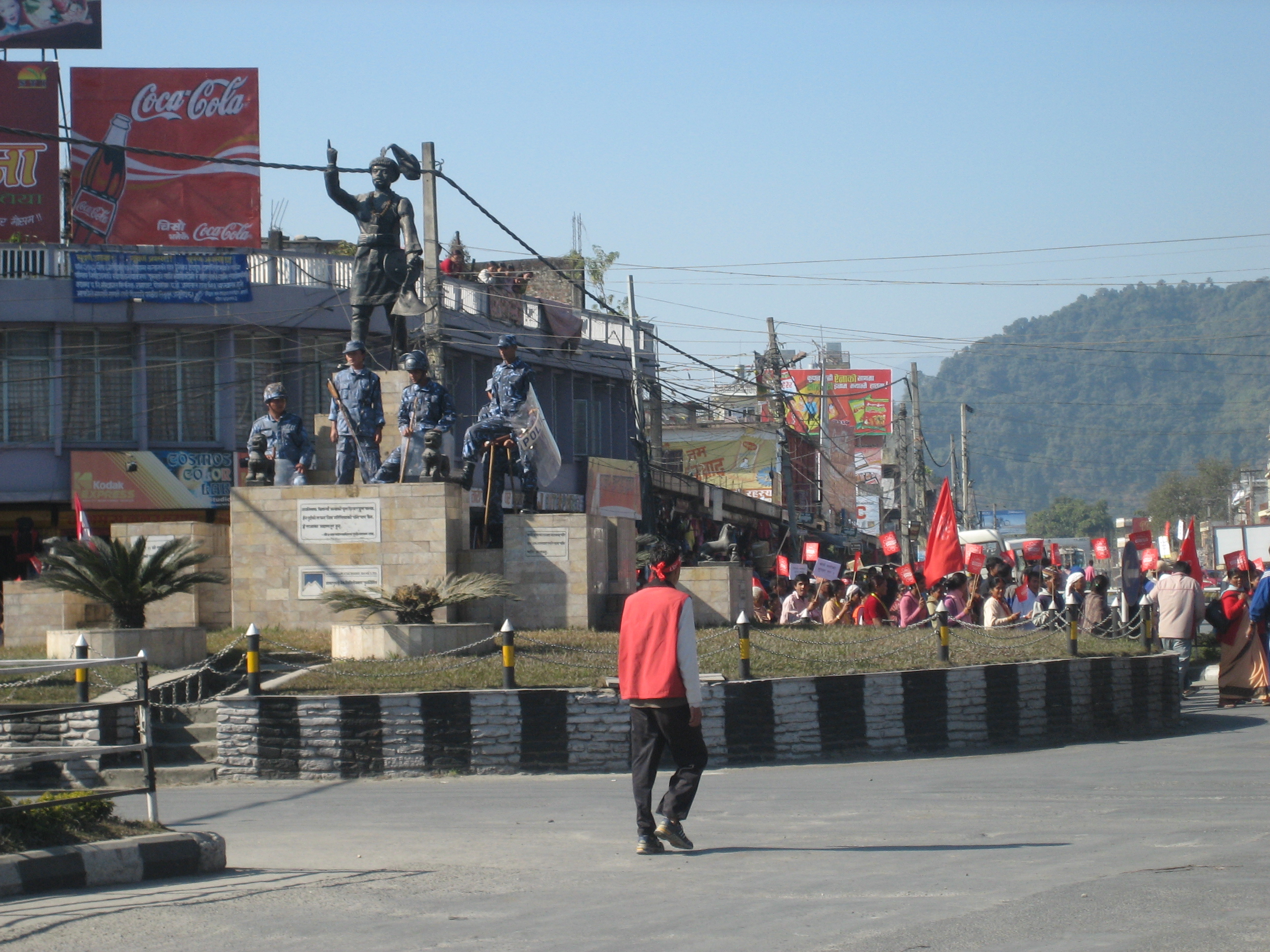
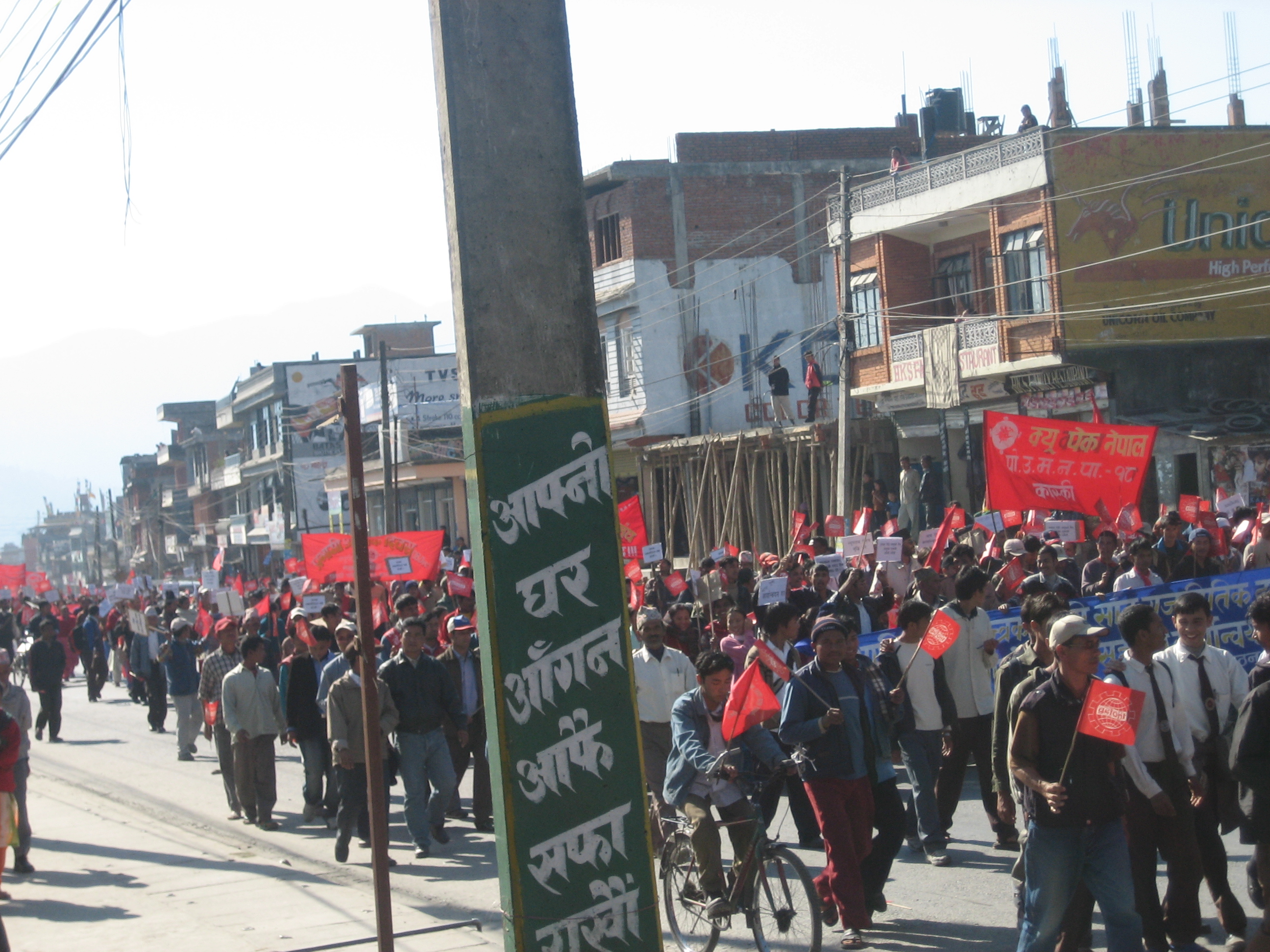
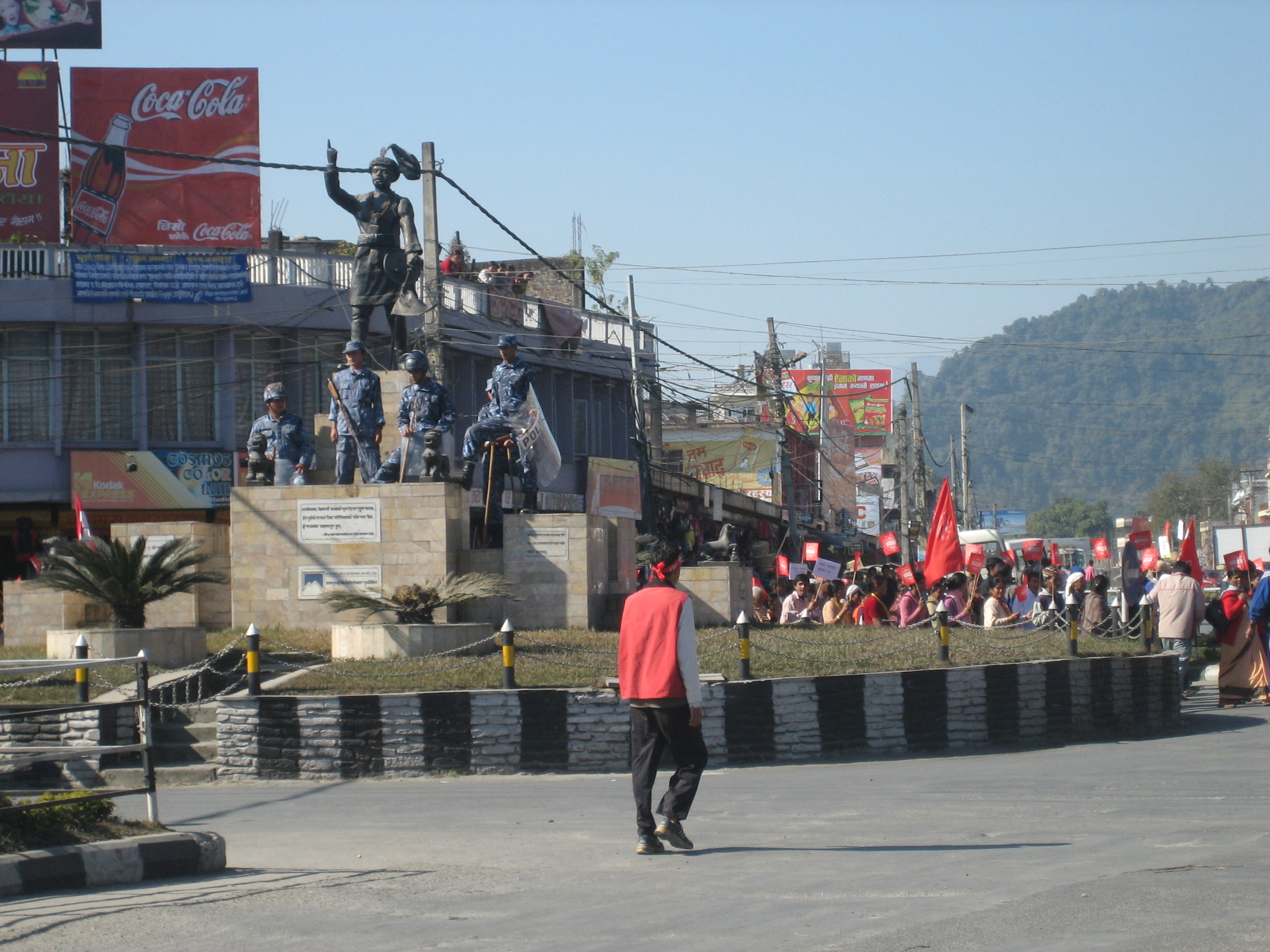
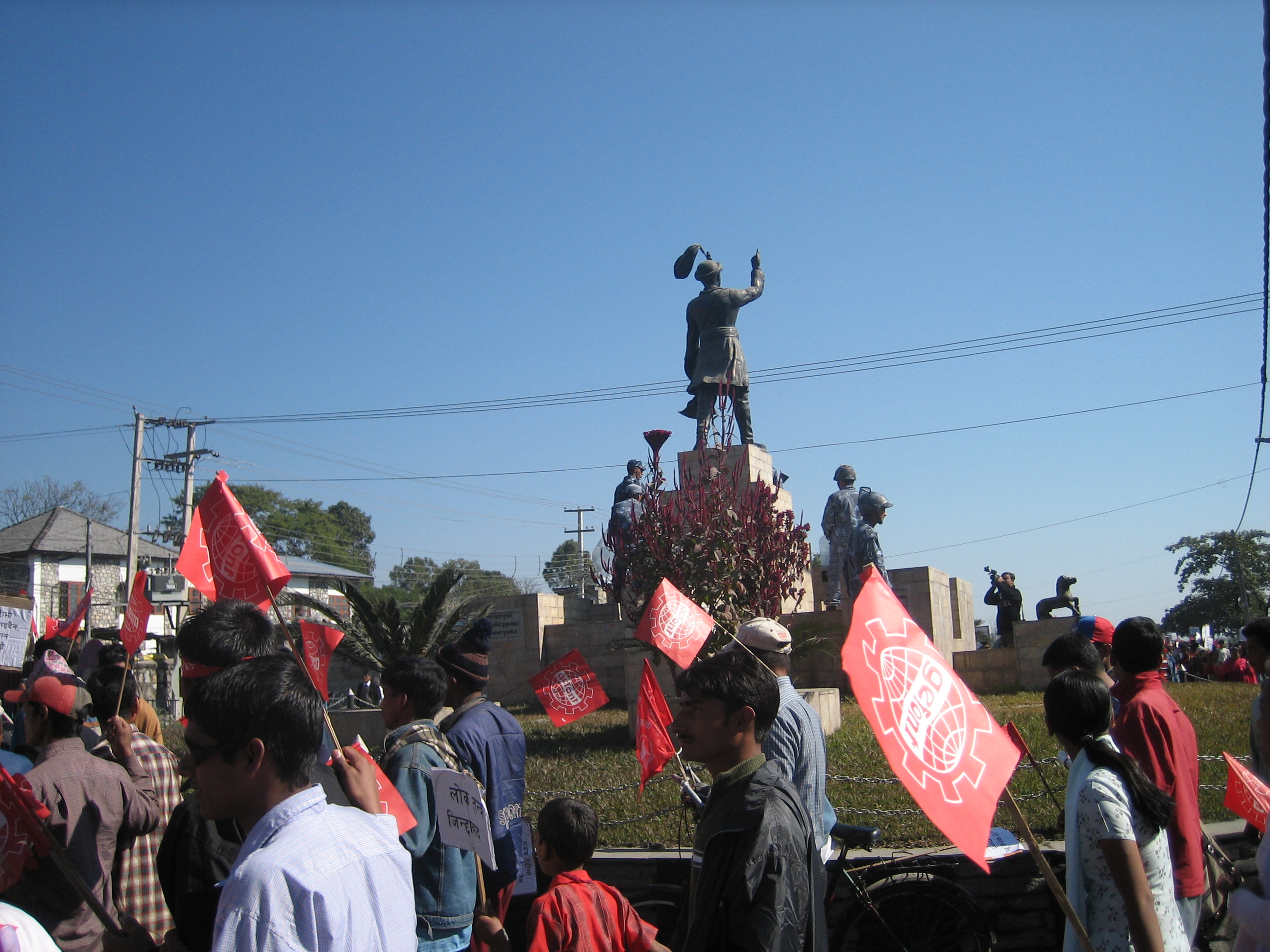
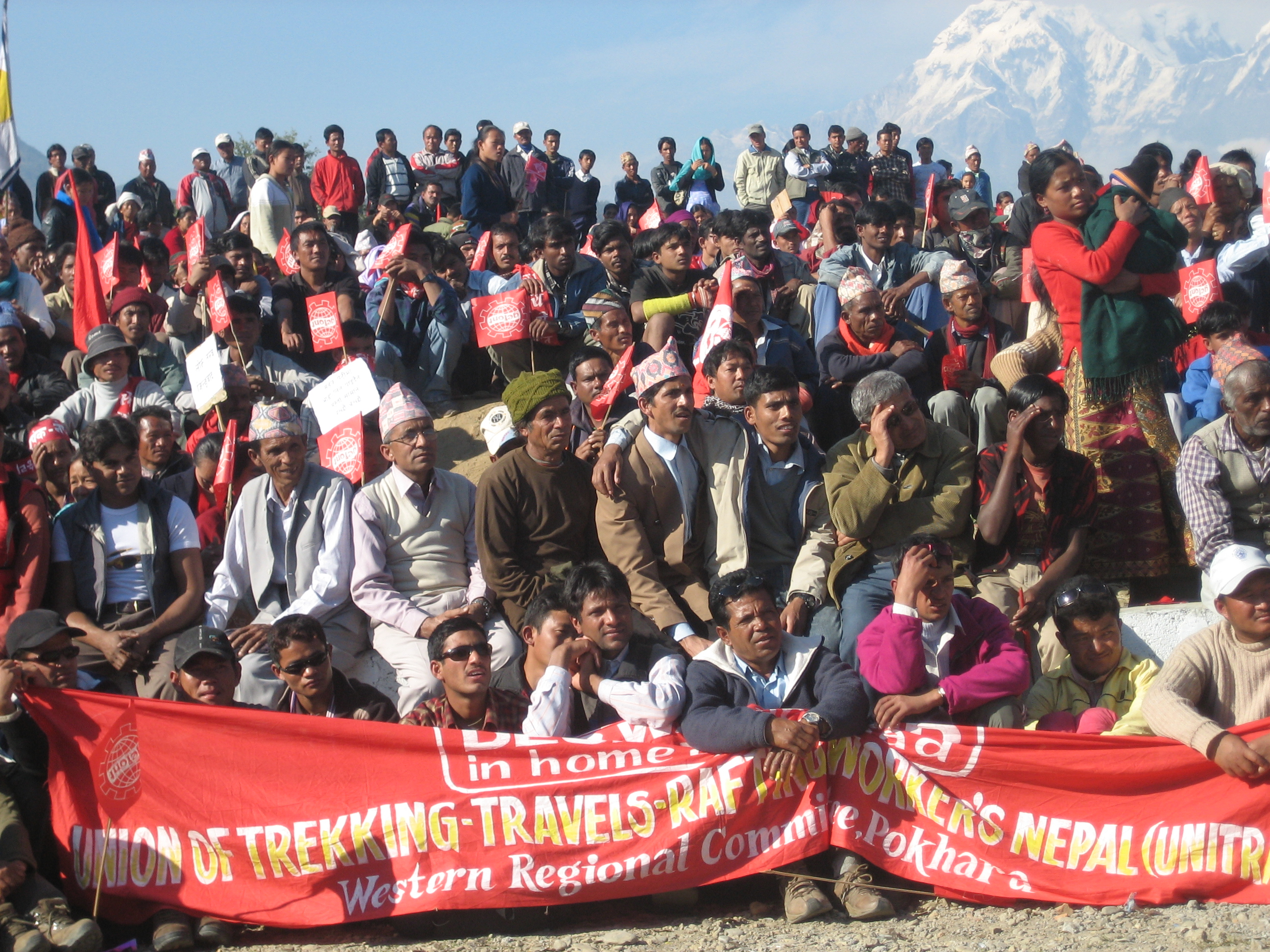
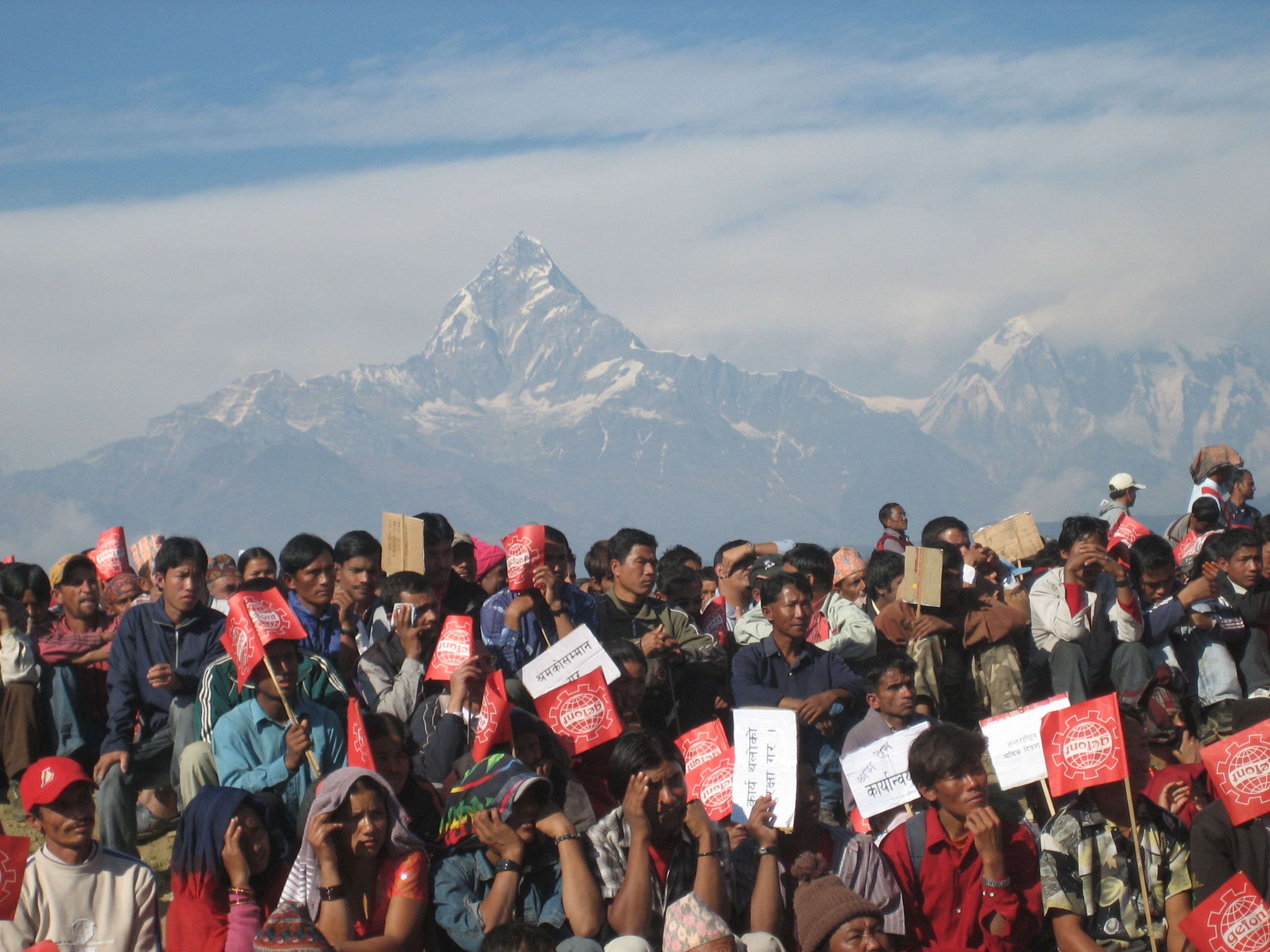

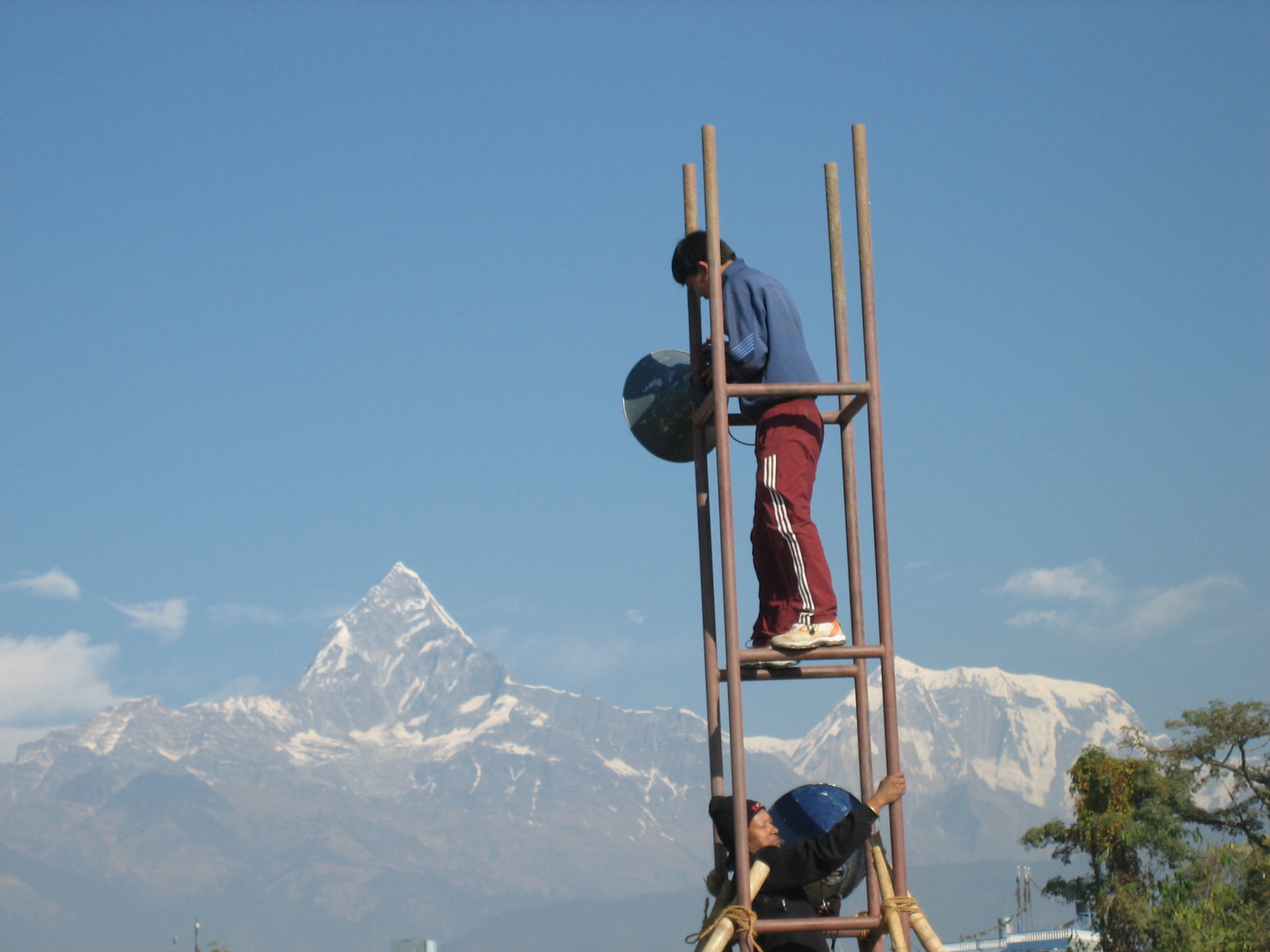
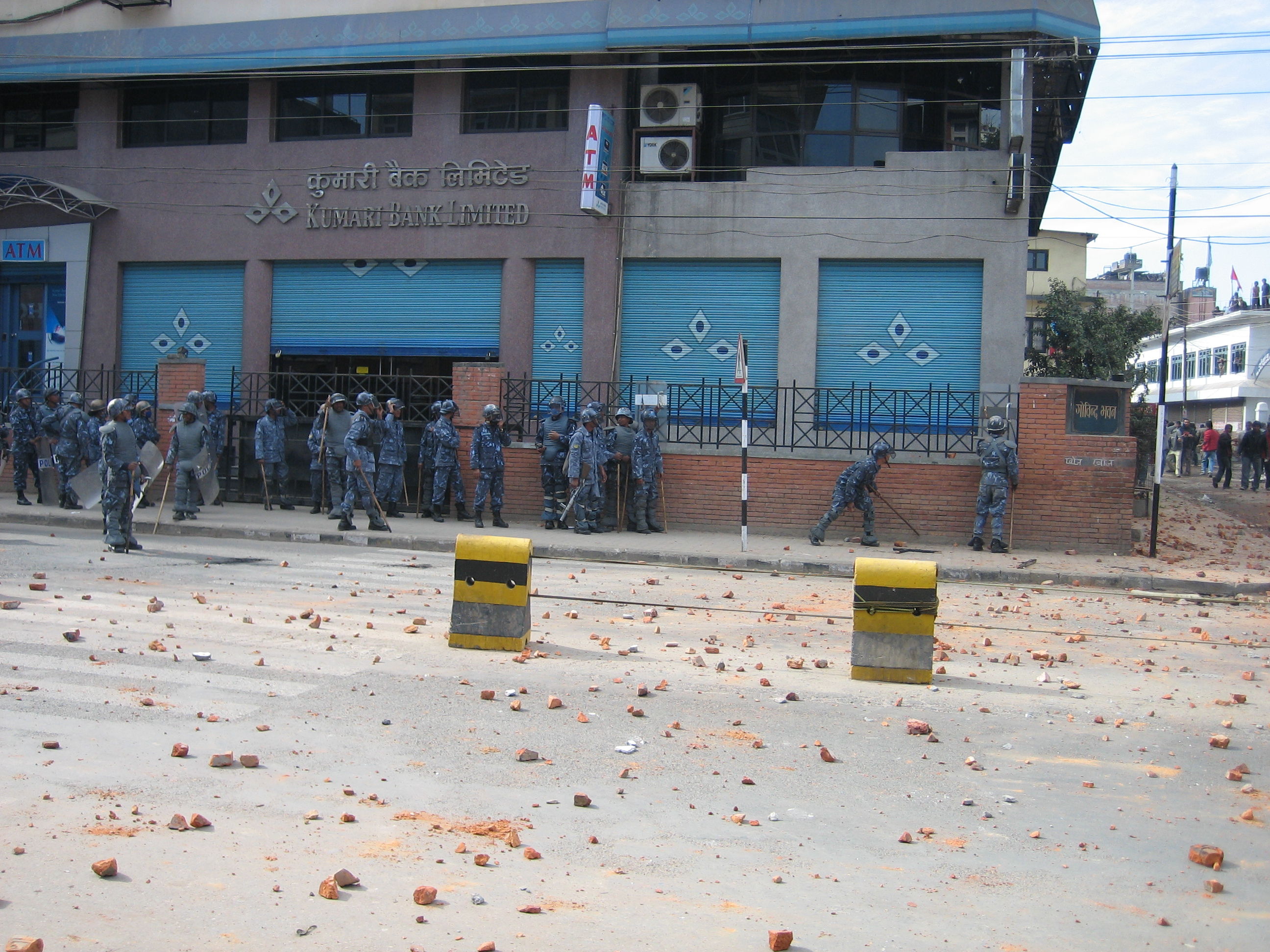
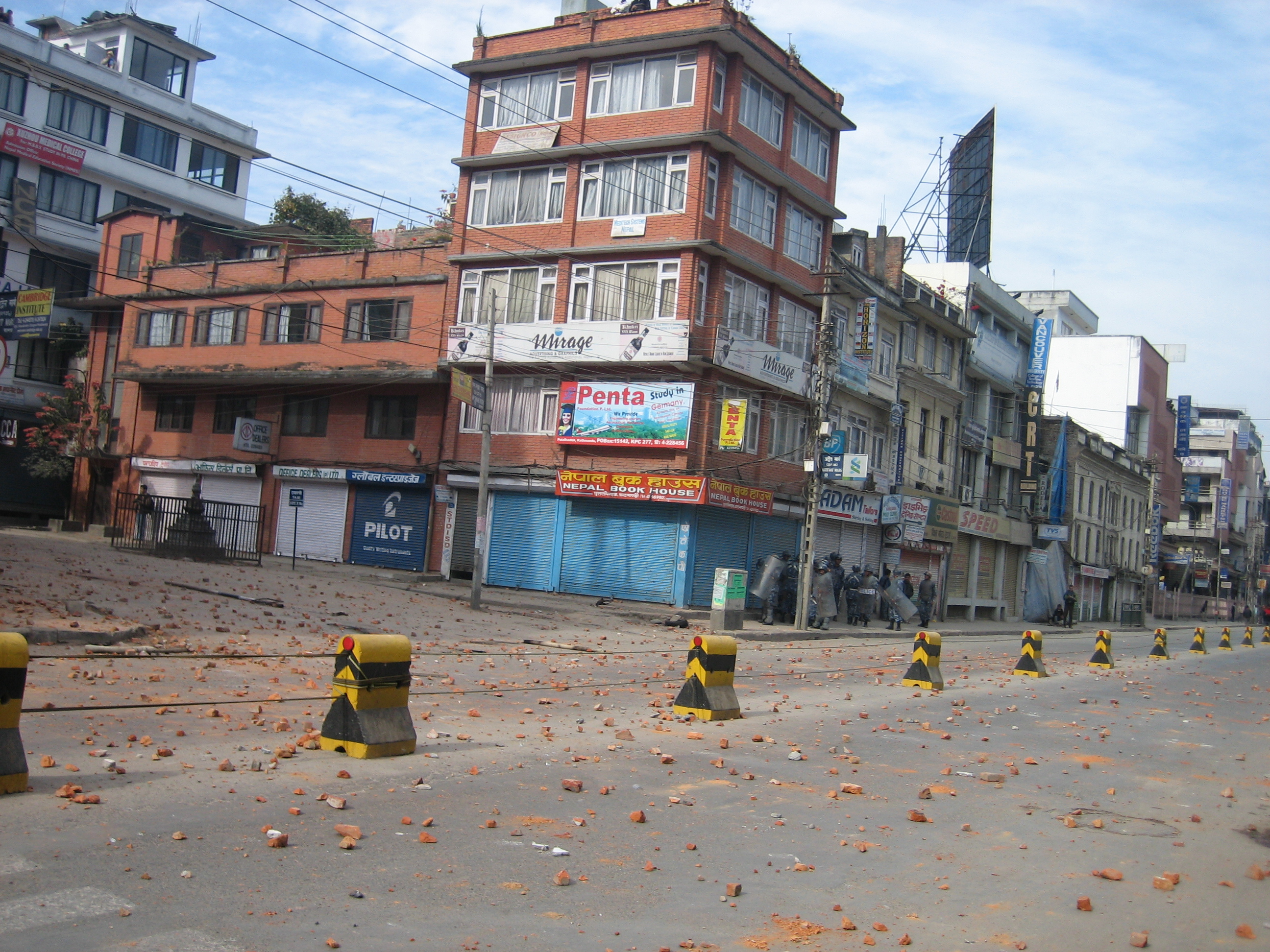
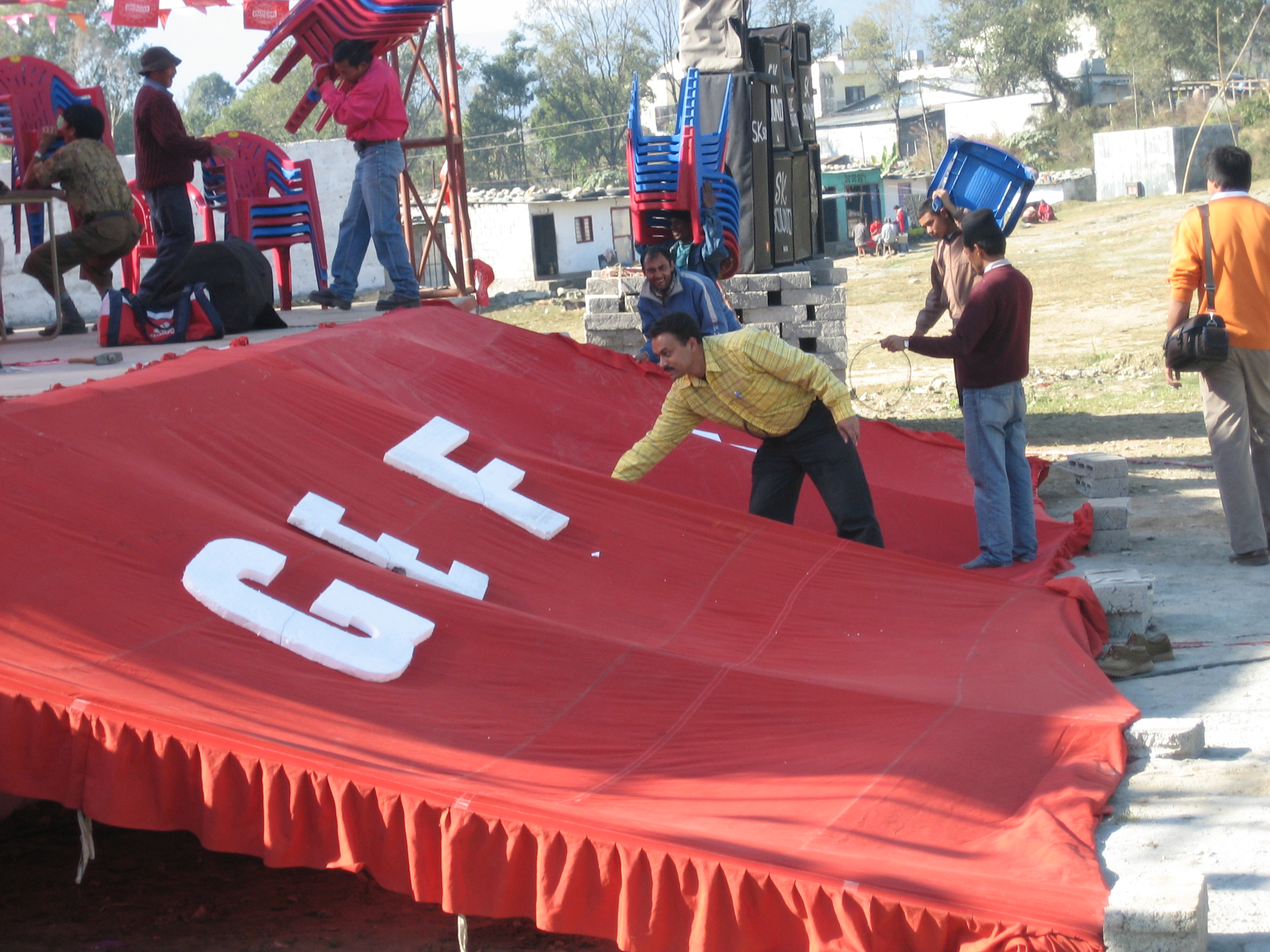
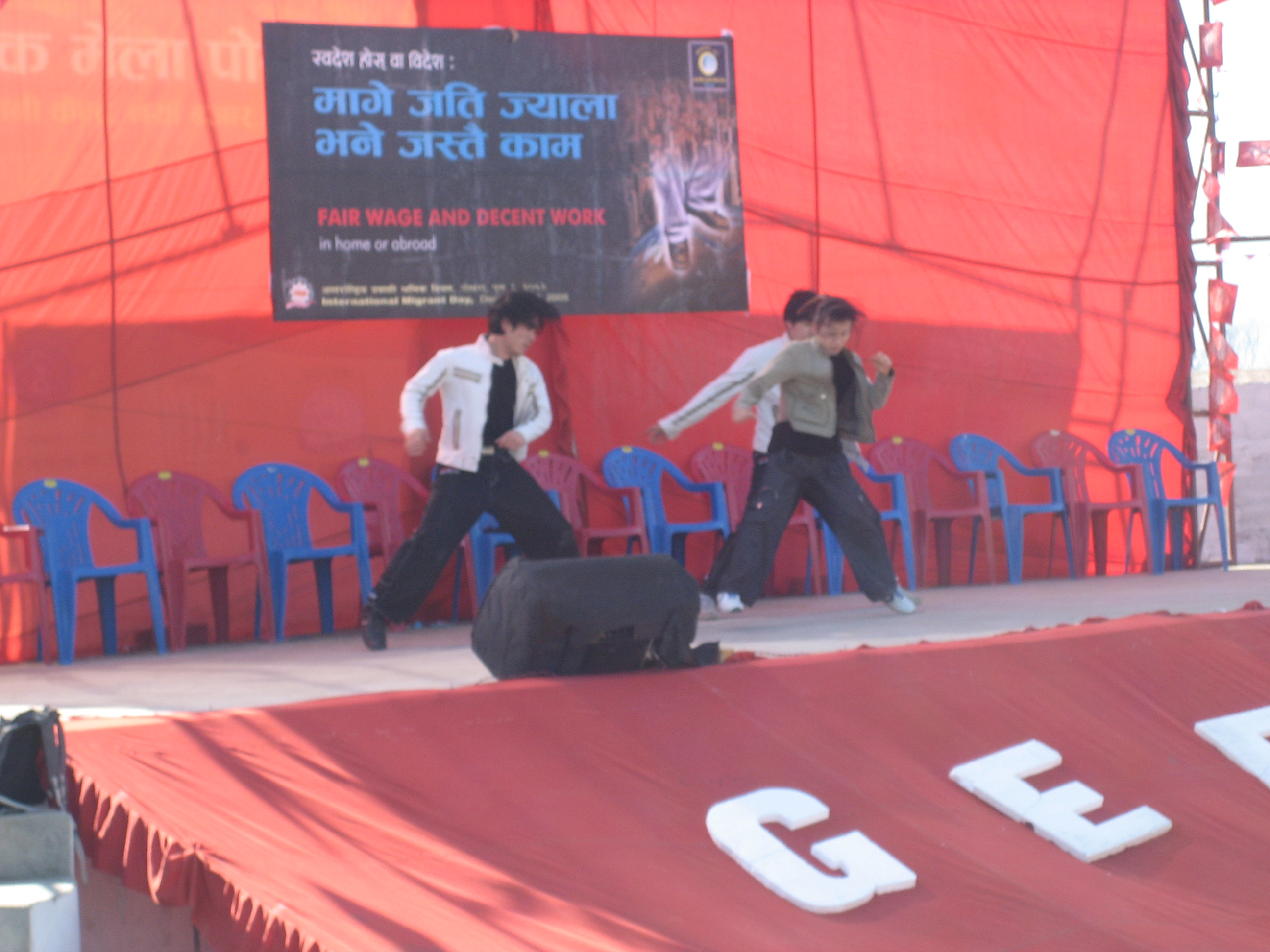
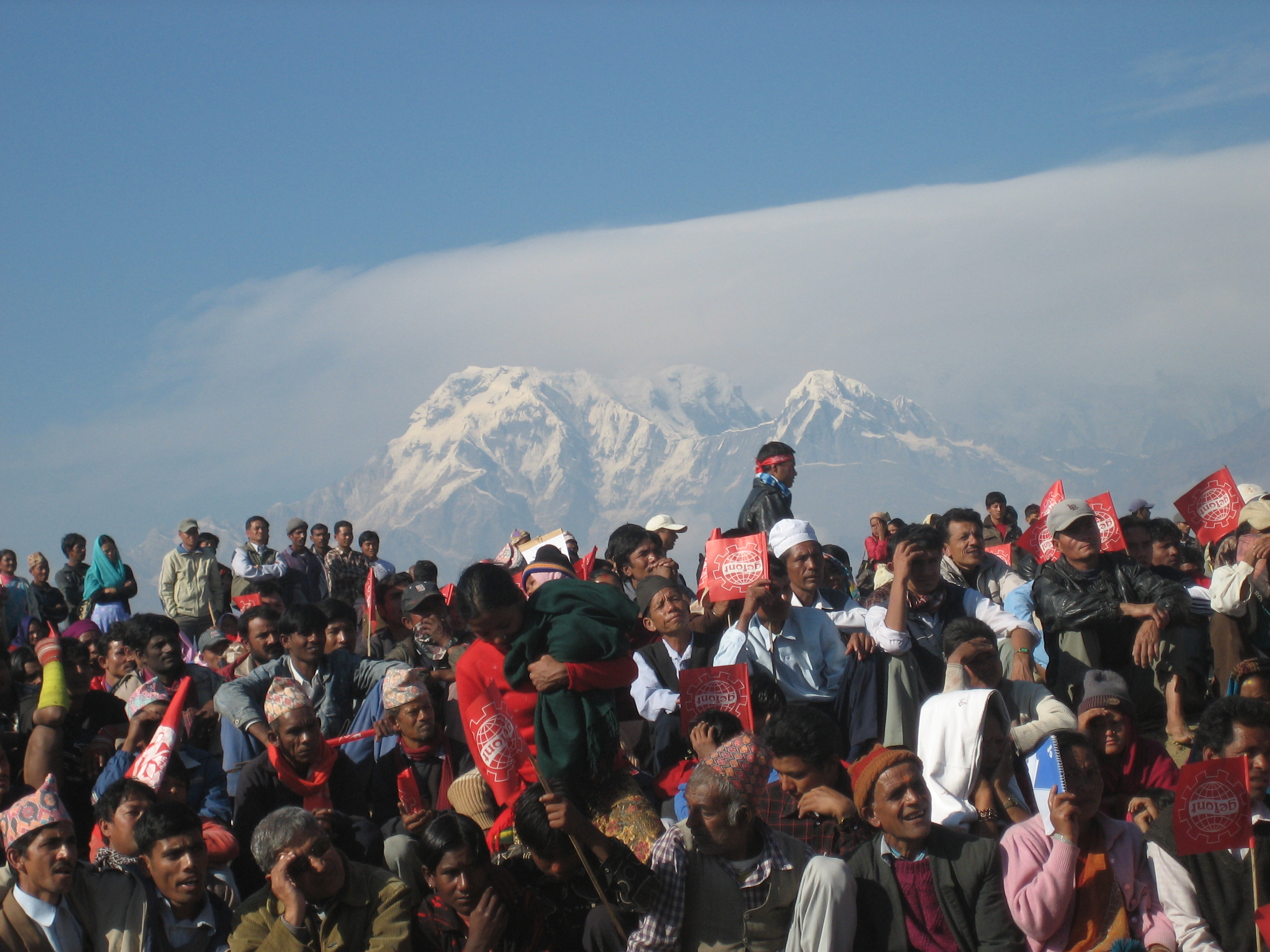
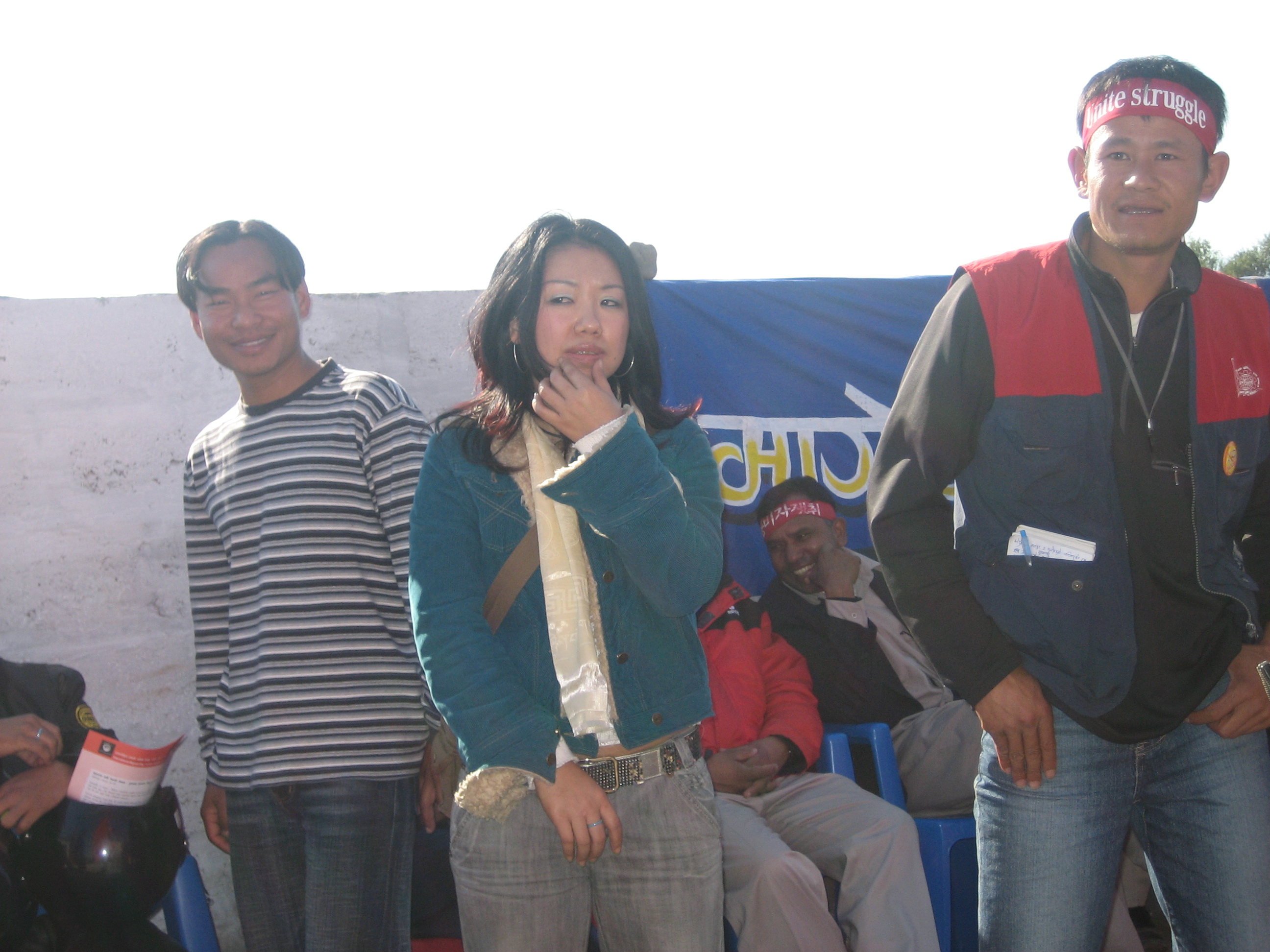
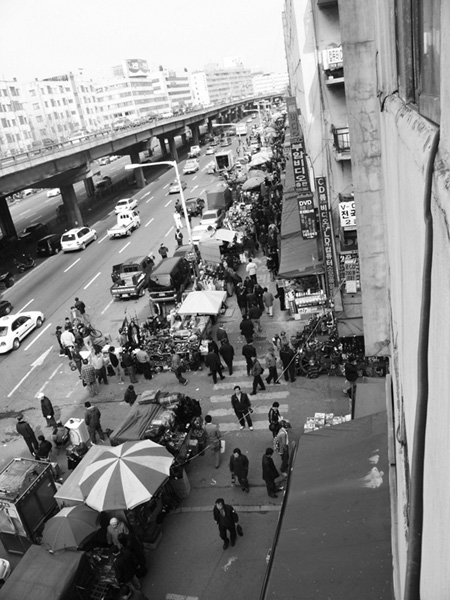

댓글 목록
관리 메뉴
본문
welcome back, dongji!!!you should write the source from where you have the informations, the articles...
부가 정보